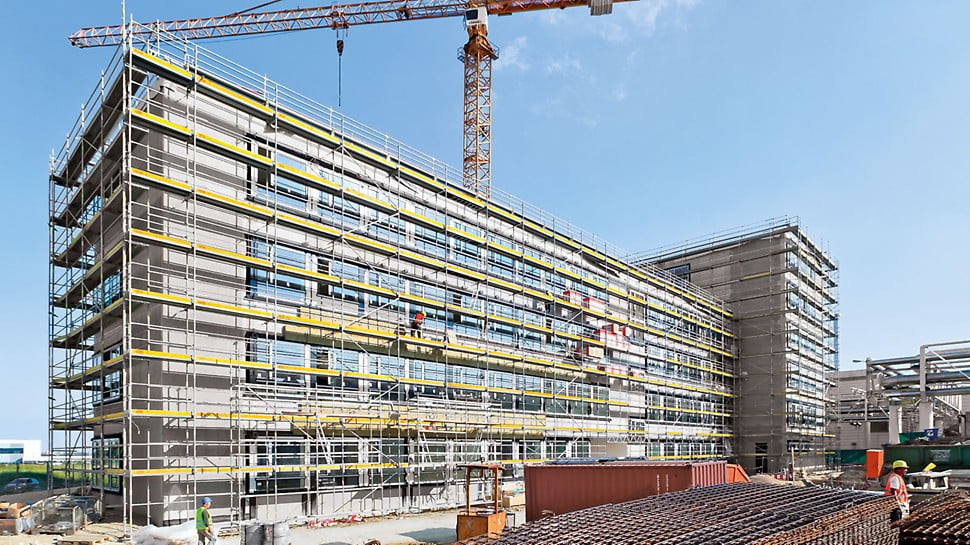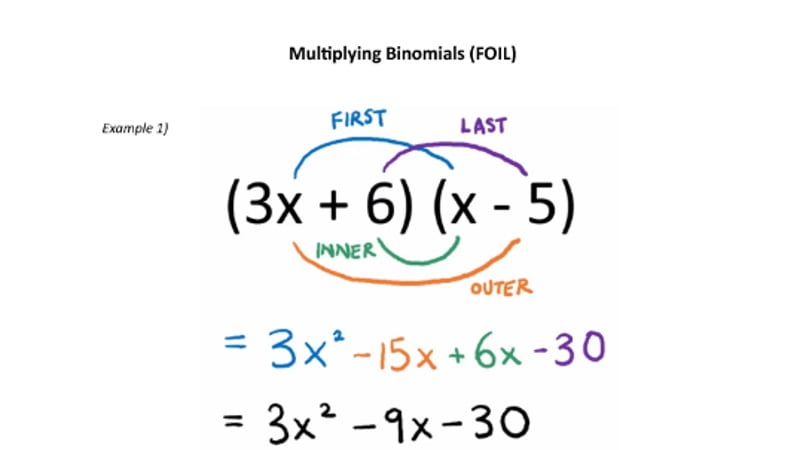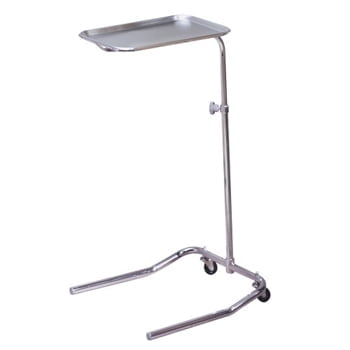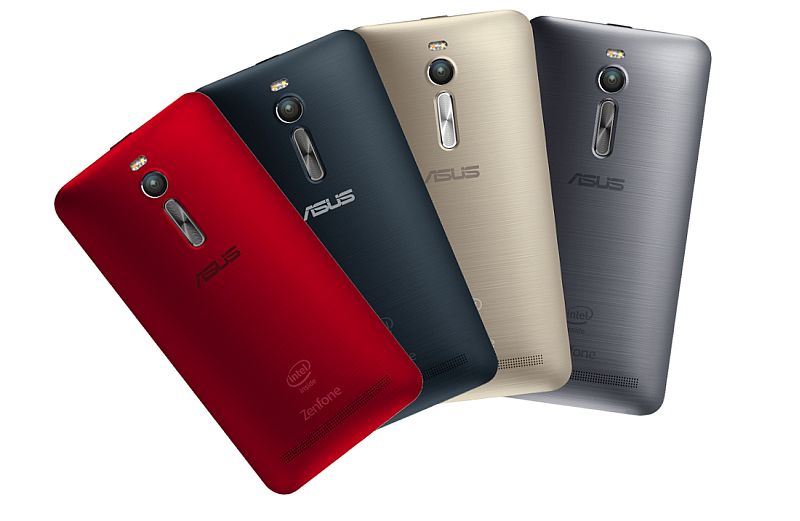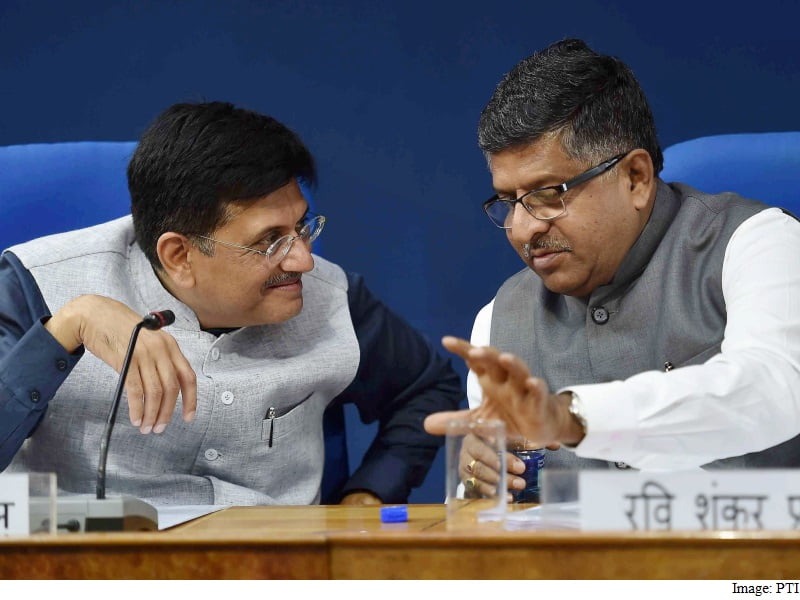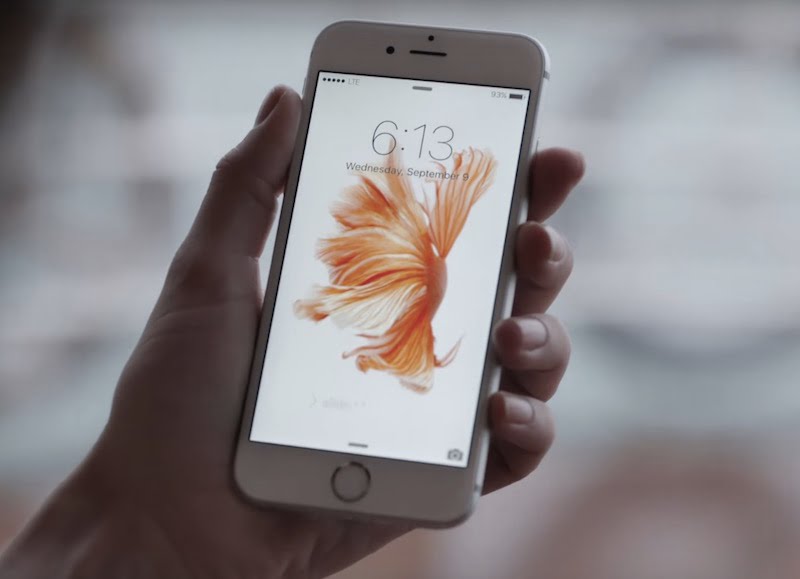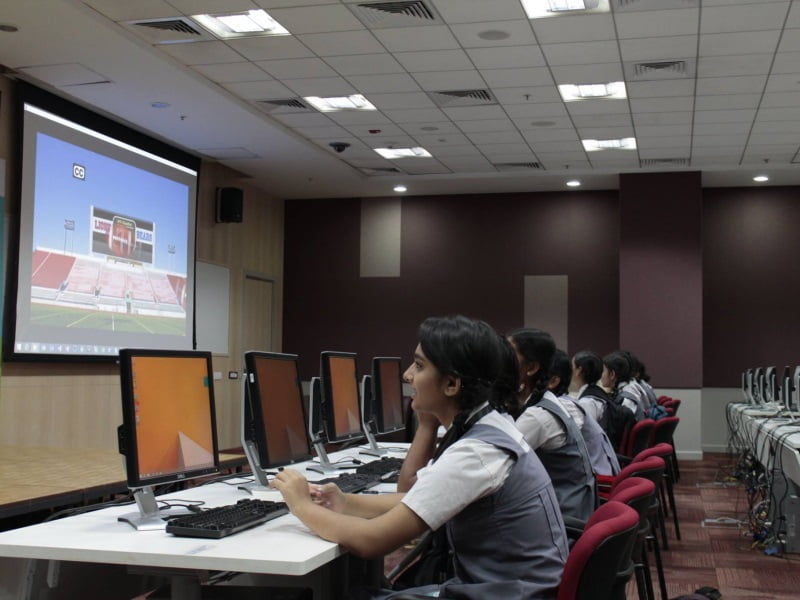
As with any new technological epoch, questions around shape, ownership and regulation are starting to rise. Imagine trying to build the Internet again. It’s like that, but at a bigger scale.
The first hurdle is that of technological standards. We are at a pivotal moment in the development of the IoT. As the diversity of connected things grows, so does the potential risk from not allowing each “thing” to talk to one another.
This begins with networking standards. From ZigBee to Z-Wave, EnOcean, Bluetooth LE or SigFox and LoRa, there are simply too many competing and incompatible networking standards from which to choose. Luckily enough, things seem to be converging and consolidating.
Moreover, the already well-established alliances are regrouping. First in the indoors world, where ZigBee 3.0 is getting closer to Google’s Thread — albeit still challenged by the Bluetooth consortium, who are about to release the Bluetooth mesh standard. More interestingly, the Wi-Fi Alliance is working on IEEE 802.11ah known as HaLow. All three standards specifically target lower power requirements and better range tailored for the IoT.
Similarly, in the outdoors world, the Next Generation Mobile Networks (NGMN) Alliance (working closely with the well-established GSMA, ruling the world of mobile standards) is working on an important piece of the puzzle for the world of smart things: 5G. With increased data range, lower latency and better coverage, it is vital to handle the multitude of individual connections and will be a serious global competitor to the existing LPWAN (Low Power Wireless Area Networks), such as SigFox and LoRa.
Security is one of the biggest barriers preventing mainstream consumer IoT adoption.
Whilst trials are currently taking place, commercial deployment is not expected until 2020. Before this can happen, spectrum auctions must be completed; typically a government refereed scrap between technology and telecoms companies, with battle lines drawn on price. It’s important to put an early stake in the ground with regulators to ensure sufficient spectrum is available at a cost that encourages IoT to flourish, instead of being at the mercy of inflated wholesale prices.
But the challenge doesn’t stop at the network level; the data or application level is also a big part of the game. The divergence in application protocols is only being compounded as tech giants begin to make a bid to capture the space. Apple HomeKit, Google Weave and a number of other initiatives are attempting to promote their own ecosystems, each with their own commercial agendas.
Left to evolve in an unmanaged way, we’ll end up with separate disparate approaches that will inexcusably restrict the ability of the IoT to operate as an open ecosystem. This is a movie we’ve seen before.
The web has already been through this messy process, eventually standardizing itself by Darwinian principles of technology and practices of use. The web provided a simple and scalable application layer for the Internet, a set of standards that any node of the Internet could use whatever physical technology it uses to connect to the Internet.
The web is what made the Internet useful and ultimately successful. This is why a Web of Things (WoT) approach is essential. Such an approach has substantial support already. AWeb Thing Model has recently been submitted to W3C, based on research done by a mixture of tech giants, startups and academic institutes. These are early tentative steps toward an open and singular vision for the IoT.
The resolution of this issue opens up the possibility of a vast collaborative network, where uniform data can optimize a wild array of existing processes. However, as data gradually becomes the most valuable asset of a slew of once inanimate objects, what does this mean for legacy companies who build the products which have had no previous data strategy?
The tech sector is comfortable with sharing and using such information, but for companies that have their grounding in making everything from light bulbs to cars, this is a new concept. Such organizations have traditionally had a much more closed operational approach, treating data like intellectual property — something to be locked away.
To change this requires a cultural shift inside any business. Whilst this is not insurmountable by any means, it brings to the fore the need to effect a change in mind-set inside the boardroom. For such a sea change to happen, it will require education, human resources and technology investment.
[“Source-techcrunch”]

